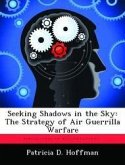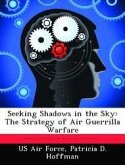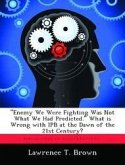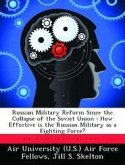Since World War I (WWI), the United States Army Air Forces (USAAF) looked at strategic bombing as a means to make the Air Forces a separate service. Prior to WWII, General William "Billy" Mitchell came to believe that future wars would require striking deep in enemy territory to attack industrial targets through strategic bombing. This belief in strategic bombing carried into WWII as USAAF leaders initially considered only this tactic of attacking the enemy. Some USAAF leaders thought this was the only way to fight and others were determined to do what it took to achieve the desired results. This paper will discuss how General Curtis "Eagle" LeMay's leadership style and willingness to adjust tactics to incorporate area bombing in addition to precision bombing led to better results than achieved by General Haywood "Possum" Hansell's strategic bombing. First, there will be a discussion of General Hansell and his commitment to strategic bombing, and in particular High Altitude Daylight Precision Bombing (HADPB) against Germany and Japan. Next, will be a discussion of General LeMay's viewpoint on strategic bombing and leadership during his experience in fighting the Germans and Japanese. In combat, there are often key decisions that commanders are required to make, and the decision to stick with precision bombing when results were showing its ineffectiveness inevitably cost lives, equipment and money.








